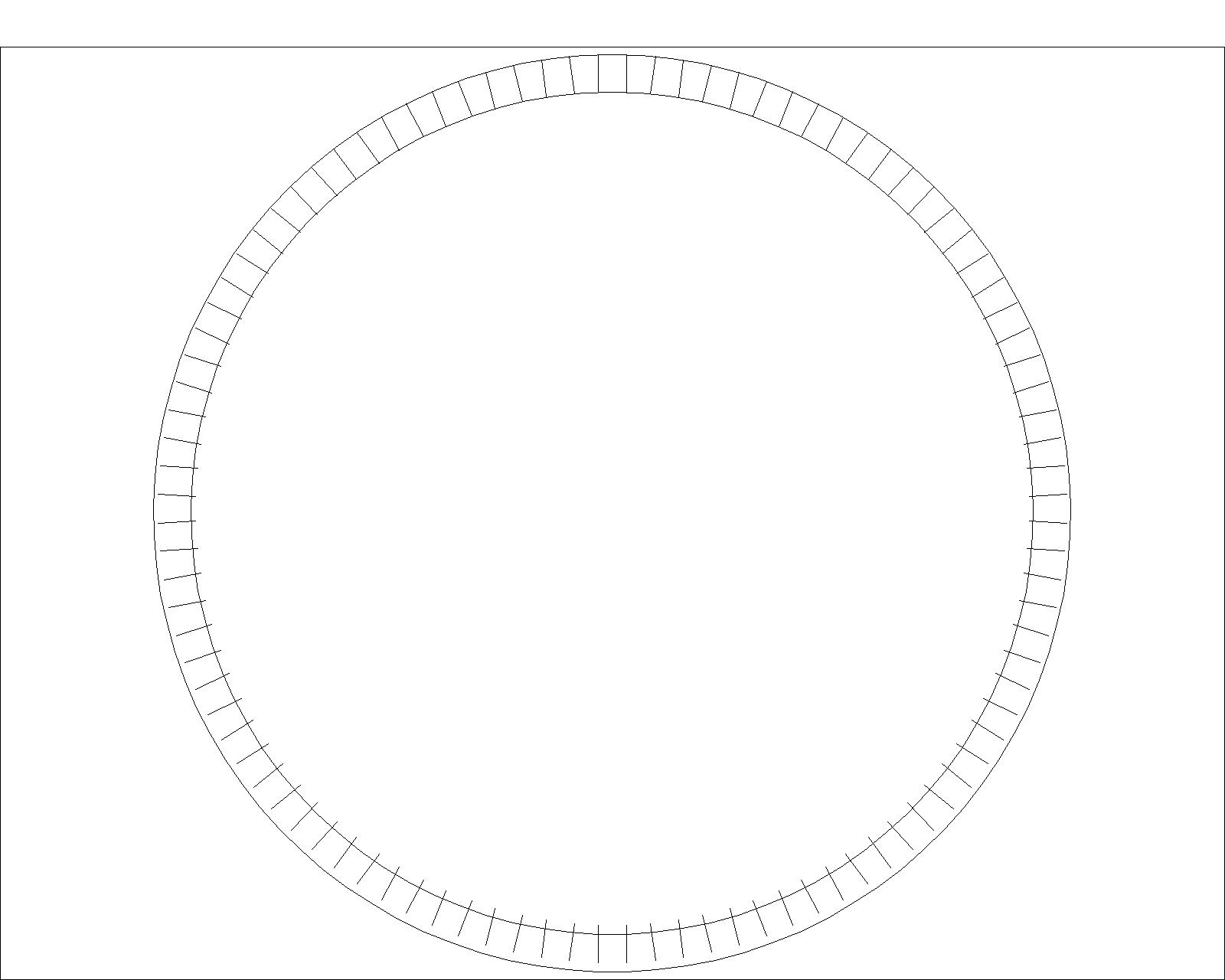So, our Design dept just came to ask me if I know how to translate a KeyCreator .prt file into a suitable 3D format. I can't seem to find a translator out there anywhere. We occasionally use a translator service for some odd file types, but they don't seem to have this as one of their supported formats. It doesn't seem to be that old or obscure of a format, really, just not well supported outside of their own company software.
I downloaded a free viewer from their website, but it only supports native formats, not the .prt format. I requested a different software download, but am still waiting for an email to see if I can get it. As of right now I can't find anything accessible to me that will even open the file. Solidworks will open it, but it's not a solid, nor a suitable 3D wire.
Any ideas?

. I was browsing HBT while waiting for my computer to etransmit all the files







